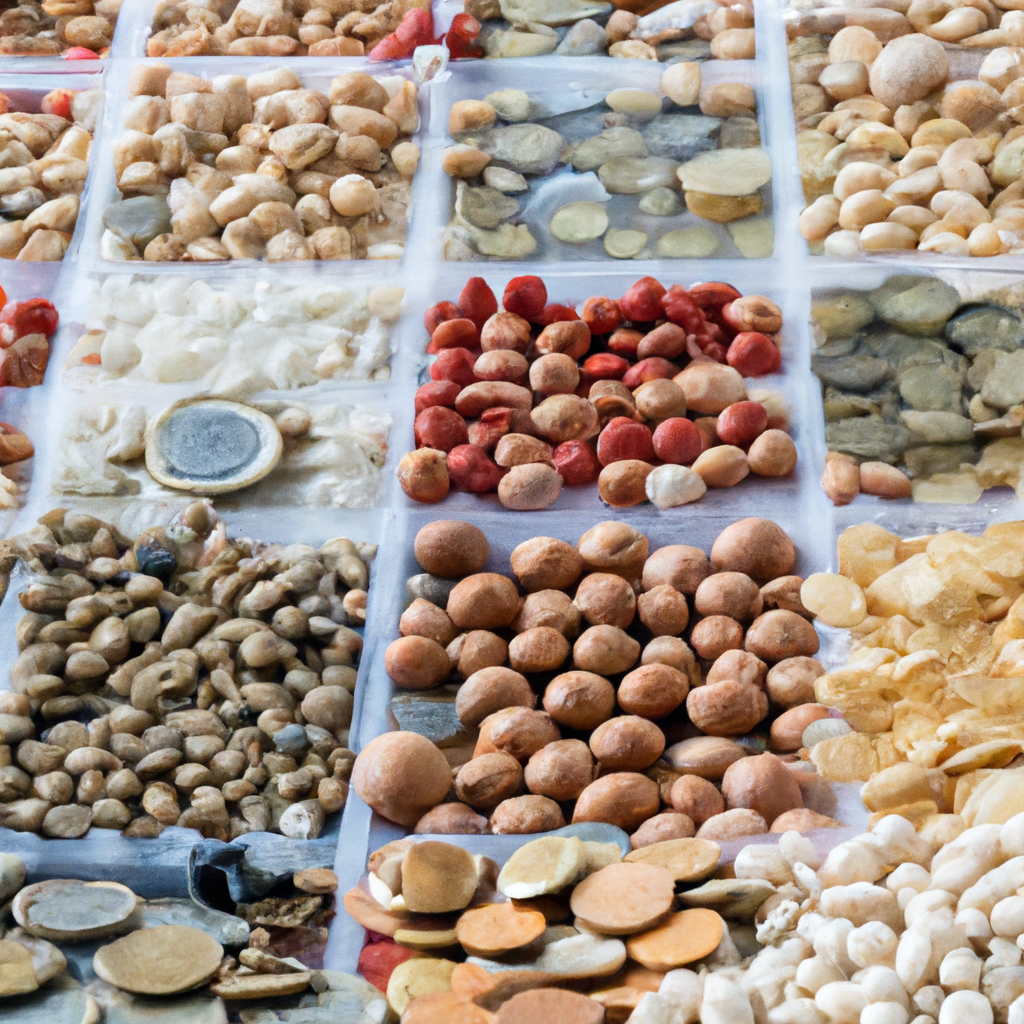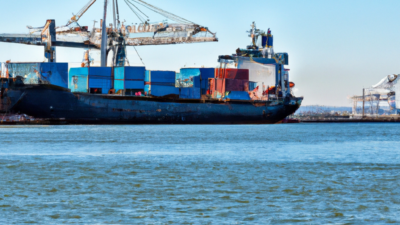In the vast and dynamic world of commodities, the value of goods can fluctuate dramatically based on market demand, geopolitical events, and technological advancements. While much attention is often given to high-profile commodities such as gold, oil, and rare earth metals, there exists another side of the spectrum: commodities that hold the least value. This article delves into the lesser-discussed realm of low-value commodities, exploring the factors that contribute to their minimal worth and examining specific examples within this category. By understanding the characteristics and market conditions that render these commodities less valuable, readers can gain a more comprehensive perspective on the diverse and intricate landscape of global trade.
**Content Outline for the Article: "Which Commodities are Least Valuable"**
<!DOCTYPE html>
<html lang="en">
<head>
<meta charset="UTF-8">
<meta name="viewport" content="width=device-width, initial-scale=1.0">
<title>Which Commodities are Least Valuable</title>
</head>
<body>
<h1>Which Commodities are Least Valuable</h1>
<h2>Introduction</h2>
<p>Commodities play a crucial role in the global economy, serving as the raw materials for the production of goods and services. However, not all commodities hold the same value. This article explores the commodities that are considered the least valuable in the market and the factors contributing to their low worth.</p>
<h2>Factors Influencing Commodity Value</h2>
<p>The value of a commodity is influenced by various factors, including supply and demand, production costs, market speculation, and geopolitical stability. Commodities that are abundant, have low production costs, or are less in demand tend to be less valuable.</p>
<h3>Supply and Demand</h3>
<p>Commodities with high supply and low demand are typically less valuable. For instance, if a commodity is produced in large quantities but there isn't significant demand for it, its price will likely be low.</p>
<h3>Production Costs</h3>
<p>Commodities that are easy and inexpensive to produce generally have lower value. These commodities can be produced in large quantities, which tends to drive their prices down.</p>
<h3>Market Speculation</h3>
<p>Market speculation can also affect commodity prices. If investors believe that the value of a commodity will decrease in the future, they may sell off their holdings, leading to a drop in price.</p>
<h3>Geopolitical Stability</h3>
<p>Geopolitical events can impact the value of commodities. Commodities from regions with political instability can experience price volatility, often resulting in lower prices due to the perceived risk.</p>
<h2>Examples of Least Valuable Commodities</h2>
<h3>Coal</h3>
<p>Coal has seen a significant decline in value over the years, primarily due to environmental concerns and the shift towards renewable energy sources. The demand for coal has decreased, leading to lower prices.</p>
<h3>Corn</h3>
<p>Corn is another commodity that is relatively low in value. It is produced in large quantities globally, which keeps its prices low. Additionally, government subsidies in some countries further depress the market value of corn.</p>
<h3>Natural Gas</h3>
<p>While natural gas is a crucial energy source, its abundance has led to relatively low prices. Technological advancements in extraction methods, such as fracking, have increased supply, contributing to its lower value.</p>
<h3>Iron Ore</h3>
<p>Iron ore is essential for steel production, but its value is relatively low compared to other metals like gold or silver. The high availability of iron ore and the large-scale production of steel contribute to its lower market price.</p>
<h2>Conclusion</h2>
<p>Understanding which commodities are least valuable requires an analysis of various market factors, including supply and demand, production costs, and geopolitical stability. Commodities like coal, corn, natural gas, and iron ore tend to have lower values due to their abundance and lower production costs. As market dynamics continue to evolve, the value of these commodities may change, but current trends suggest they will remain among the least valuable.</p>
</body>
</html>













